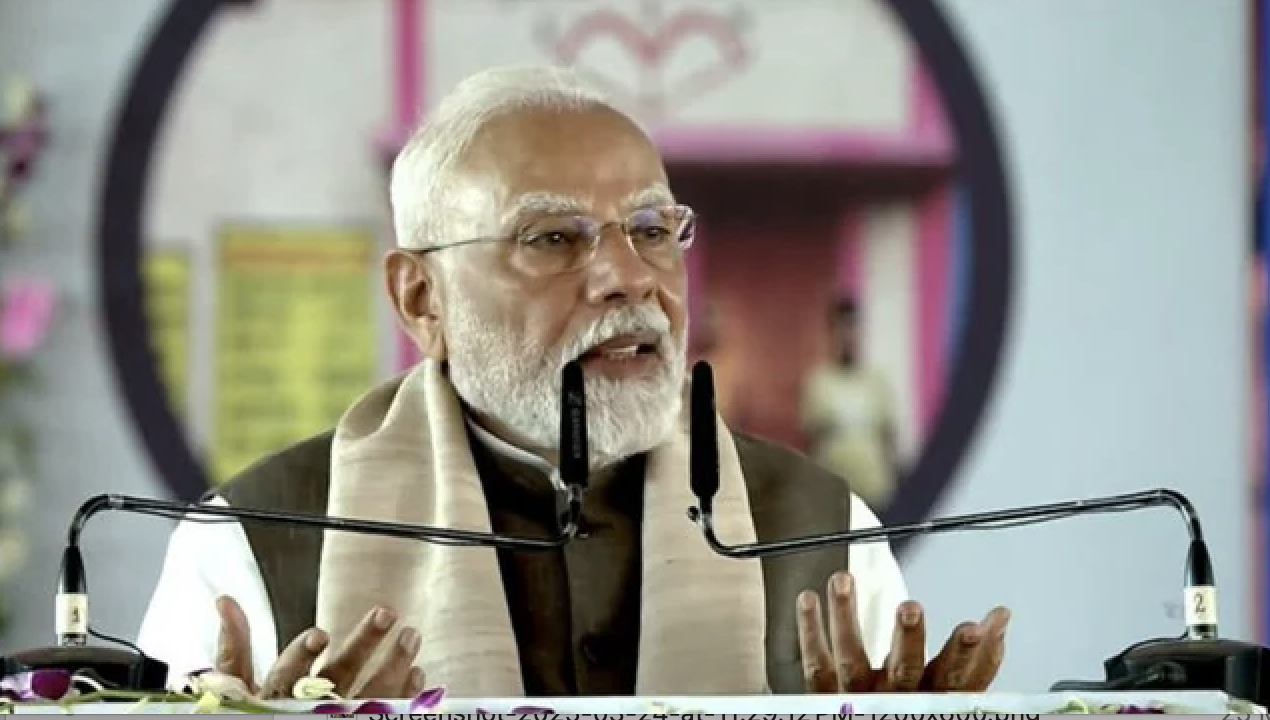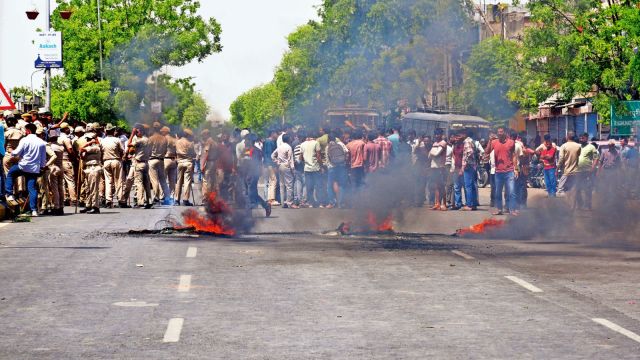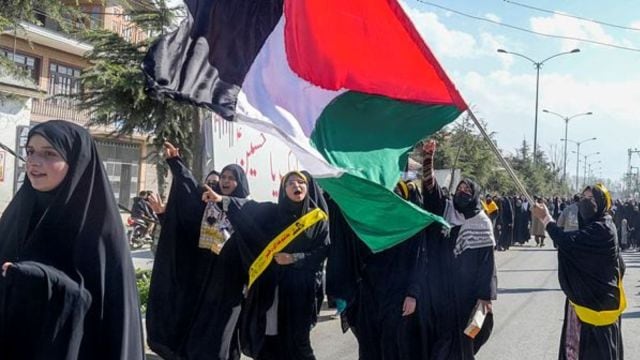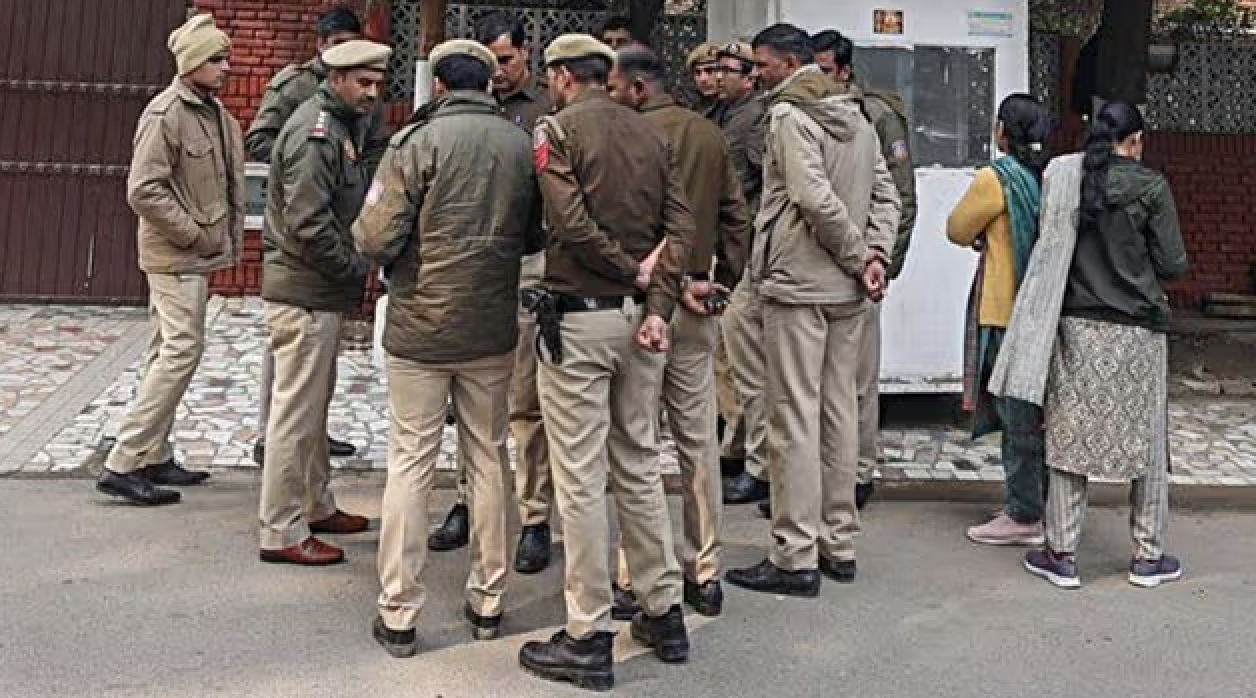“Maybe the killers of Gauri Lankesh were angry that a woman was questioning the Hindutva ideology. This shows how much danger women journalists are in for merely doing their job,” said Meena Kotwal, founder of digital news platform Mooknayak.
Meena was speaking at a programme held by the Gauri Memorial Trust under the leadership of its president Teesta Setalvad, in memory of journalist Gauri Lankesh who was shot dead allegedly by Hindutva fundamentalists outside her Bengaluru residence on September 5, 2017. She was part of a session titled ‘Reconstructing the Fourth Estate’, held on the evening of January 28, featuring several prominent independent journalists and journalists from independent media houses.
Navin Kumar, a senior journalist from Article 19, social activist and writer Bhanwar Meghwanshi, Hartosh Singh Bal, the executive editor of The Caravan magazine, independent journalist Geeta Seshu, and senior journalist Paranjoy Guha Thakurta also attended the session.
The speakers shared personal anecdotes about Gauri Lankesh and made poignant observations on the state of ‘mainstream media’ and why it is important for independent media outlets to continue holding governments accountable.
Speaking at the event, Meena said that even though she was not familiar with the Kannada language and its journalism, she was able to see the love people have for Gauri Lankesh in the state. “I can see how much Gauri’s work is loved and respected even today. I will not lie, I did not know a lot about Gauri before her death. It was only after her death that I understood the kind of risks journalists, especially women journalists are under, for simply speaking the truth. The work Gauri was doing was extremely difficult and it is difficult for women journalists to do similar work in this day and age as well,” she said.
“Society does not seem to like women like Gauri for reasons I cannot understand,” Meena said. “A while back, when I was at TISS (Tata Institute of Social Sciences) in Mumbai, someone was telling me there is nobody like Gauri Lankesh in Kannada media after her death. This is the legacy that Gauri Lankesh and Lankesh Patrike have earned for themselves.”
Hartosh Singh Bal spoke about the lack of diversity in newsrooms of mainstream media, and even among the owners of media houses. “There is a complete control over mainstream media [by the government] and it is unprecedented. The media houses are largely owned by mercantile castes like Baniyas, Khatris, and Marwadis. Not to be deterministic, but there is a worldview that is adopted when one is born into and raised in a certain caste. Most often, the mercantile castes are the largest movers of the Hindutva ideology that is pushed by the BJP (Bharatiya Janata Party) and the RSS (Rashtriya Swayamsevak Sangh) right from its inception,” he said.
For the first time in 2014, there was a coming together of business interests among media owners, Hartosh said. “There was an ideological match between the government and the owners of these media houses. It was not a case of the media acting this way because of governmental pressure, but out of free will because this is the kind of government it wants. This is the structural problem we are facing with regards to media ownership. As long as there is no diversity in ownership, we are not going to get journalism that will examine the government and its actions,” he added.
Recalling how Gauri Lankesh tried to ‘reconstruct the fourth estate’ through her work, Geeta Seshu pointed out that Gauri went beyond what one would conventionally call journalism. “She extended the boundaries drawn by other people who perhaps had a flawed understanding of how the media should be a spectator and not a participant. I think she tried and extended those boundaries to the best of her abilities and paid for it with her life,” she said.
This story was originally published in newslaundry.com. Read the full story here .






